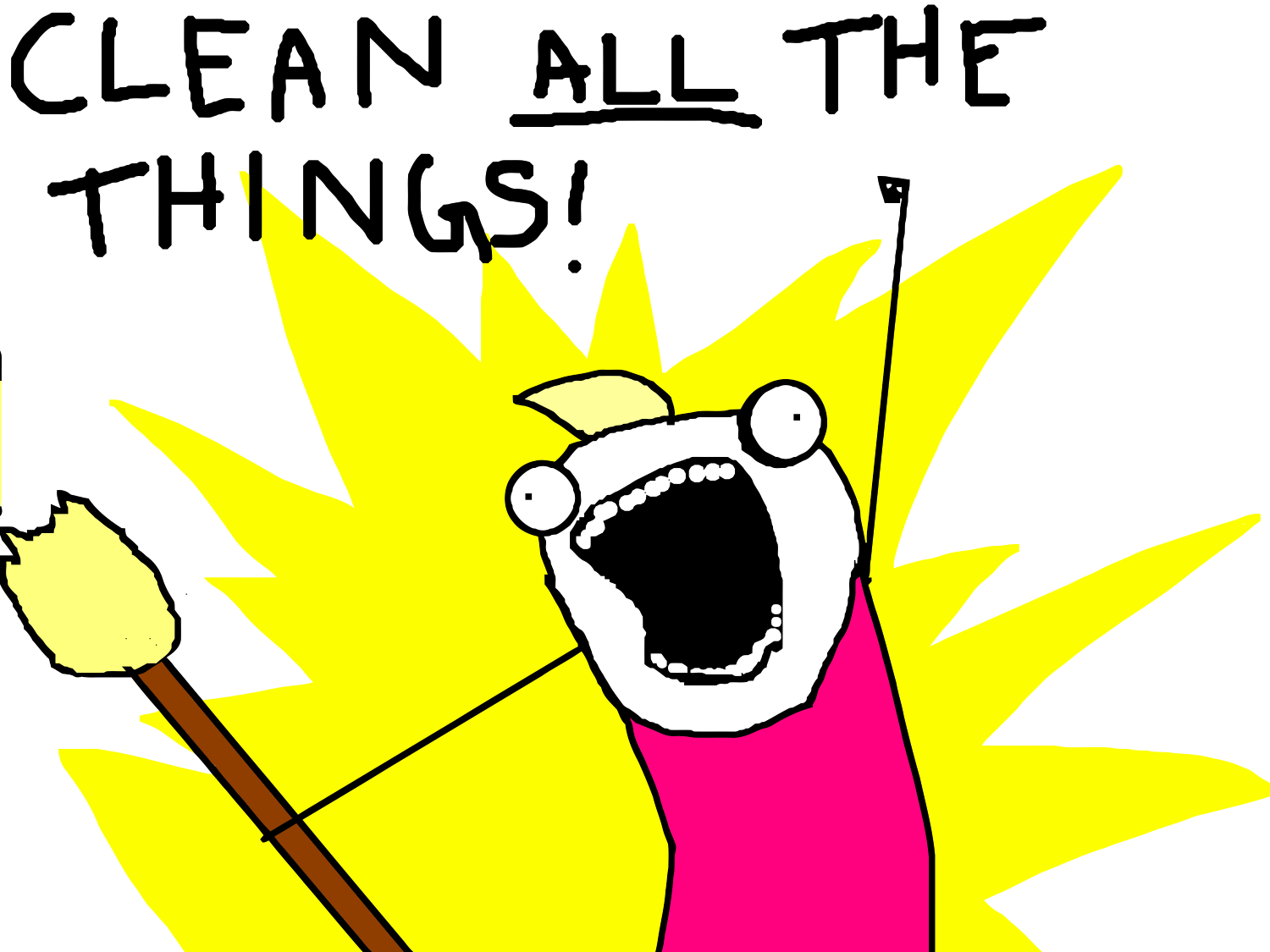
#TBT: 4 Ways To Spring Clean At The Barn
A little prep in the spring can make your busy summer go a lot smoother.
Originally published March 14, 2016.
Disinfect Stalls
Most veterinarians agree that stalls should be stripped and scrubbed with a non-toxic solution that can break down organic matter and kill pathogens. If you’re willing to go one step further, any spots stained from urine should be entirely removed and the floor should be releveled.
Inspect Everything
What’s remaining of your hay pile should be sorted into piles of good, tolerable and bad bales. Take stock of your good bales and inform your hay provider if you’ll need to buy from their first cutting. Tolerable bales can be fed to cattle or goats and the bad bales should be burned. After sorting, make sure to sweep out all loose chaff and dust to aid in air quality and prevent fires. You should also replace any broken pallets.
All fences should be walked and carefully inspected. If you have electrical fencing, make sure the wire or rope isn’t frayed and that all your solar chargers are fully operational.
Check your First-Aid kit, tossing out any expired medicines.
Check box fans for wear and tear and inspect your fly system’s tubing and spray nozzles.
Fire Safety
Check your fire extinguisher with these easy steps:
- Make sure the extinguisher is in its proper spot, visible and easy to access.
- Look over the tamper seal and safety seal to make sure they are intact.
- Check to make sure that the gauge’s needle indicates proper pressure. If the fire extinguisher has a test indicator, press it to make sure the pressure reading is within the correct range.
- Look for signs of damage, such as corrosion, leakage or a clogged nozzle; they may mean it’s time to replace the extinguisher.
Cobwebs in barns, run-in sheds, or haylofts are another fire hazard that should be cleaned immediately.
Decluttering: Keep or Purge?
Recently I’ve started going through my tack and equipment and marking it Keep, Sell, or Trash. Apartment Therapy laid out these five no-nonsense questions that helped me declutter:
- When was the last time I actually used it?
This is the real kicker. I have tack that I haven’t used in decades, but for some reason I always think “I might need that.” TBH, I don’t need that, which is why it’s collected dust for a decade. Apartment Therapy recommends getting rid of an item if you haven’t used it in at least five months, but I would stretch that to a year for horse stuff … only because many things are seasonal.
- Does it serve more than one purpose?
I have definitely started using this rule for my barn’s First-Aid kit. I now keep Vetericyn, Corona, and silver spray. With those three things, I know I’m pretty much covered for all accidents that don’t require a veterinarian.
- Do I like it?
This seems obvious, but it’s not. Don’t like that weird bit an old trainer recommended, those mint green polos Aunt Mildred gave you at Christmas or that “unlucky” saddle pad? Then get rid of it!
- When will I get around to finishing this?
Oh my gosh, you guys, this question is too real for my Pinterest loving little heart. I have tons of buckles, broken halters, bridles and horseshoes that I think will be “awesome DIY.” Truthfully, only 1% of those projects actually come to fruition.
- How much is it worth to me today?
This one is also super painful. I have several pieces of tack that were super expensive, but I hate the idea of selling them. Why? Because I know for a fact I won’t get what I paid for them. Apartment Therapy says, “If the item doesn’t have a high value in [your] life right now, then it isn’t worth holding onto.”
What’s your best spring cleaning tip? Share in the comments!
Go Riding.








Leave a Comment